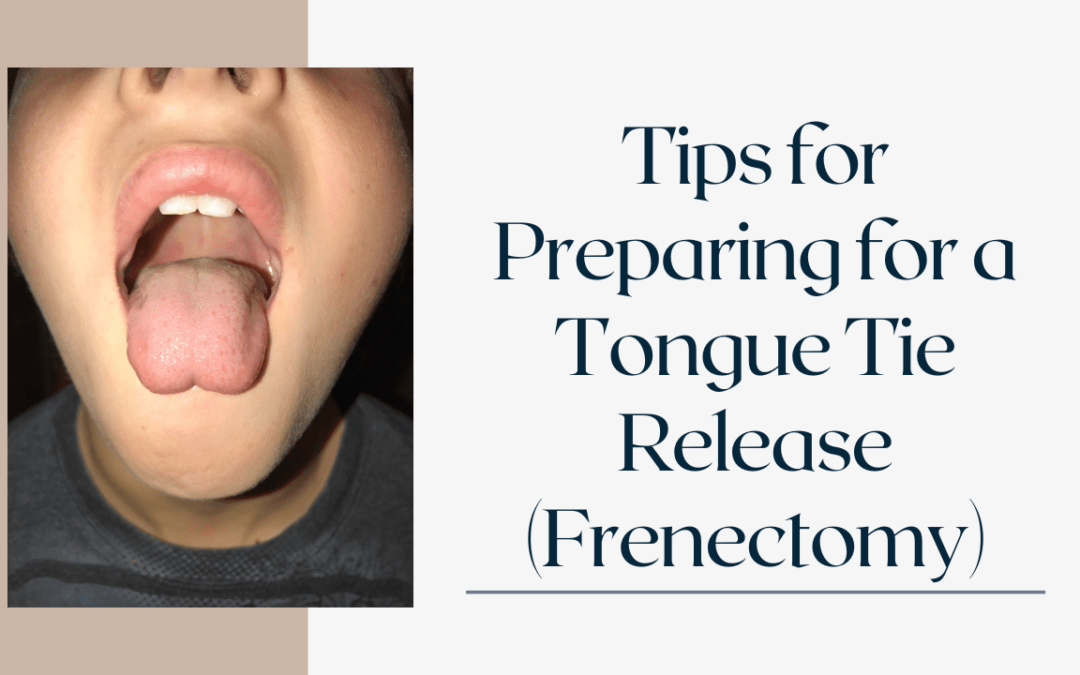Tips for Preparing for a Tongue Tie Release (Frenectomy)
What is a tongue tie release?
Tongue tie vs. normal tongue pictures
Of the four pictures shown below, only photo #1 is considered “normal with full range of motion and mobility”. Even though the lingual frenum is very pronounced, this doesn’t mean anything. Tongue ties are not identified based on appearance but rather based on function. The other three photos show varying degrees of tongue tie.
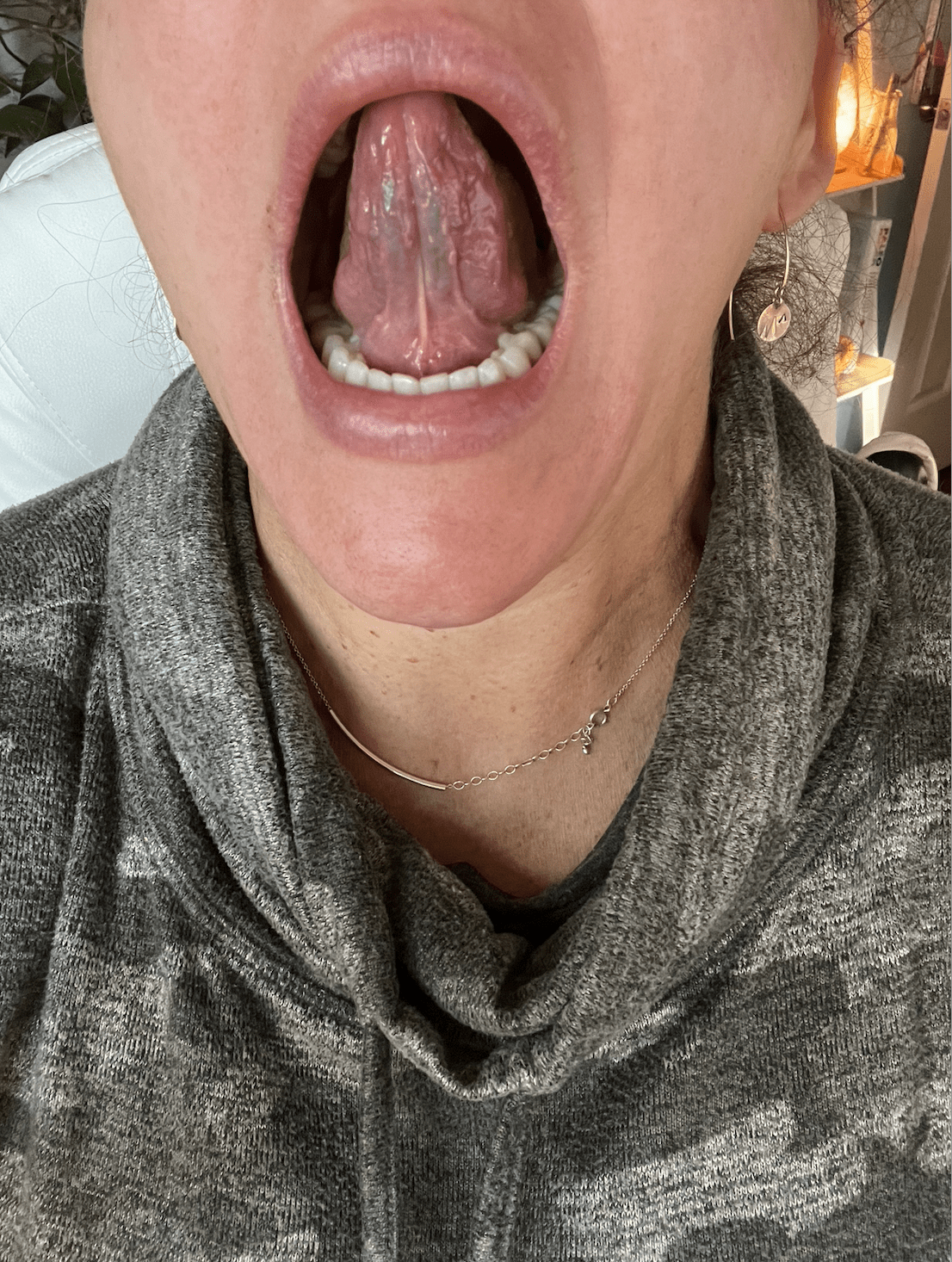
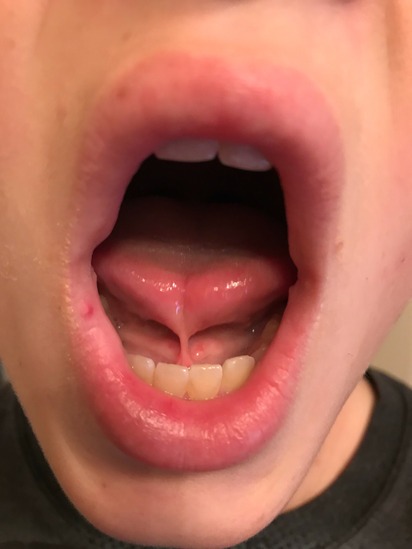
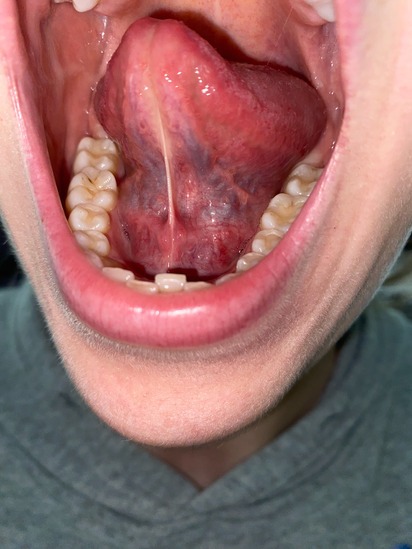
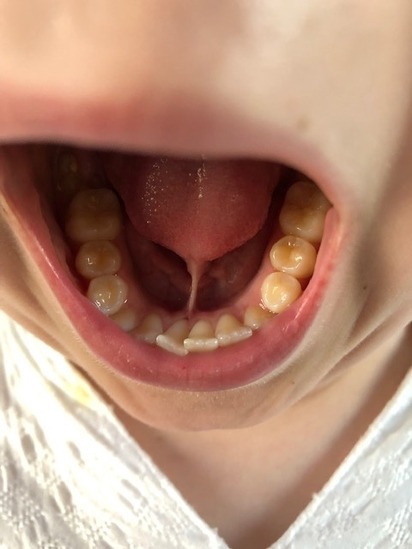
Signs you might have a tongue tie
- Difficulty Breastfeeding: Infants with a tongue tie may have trouble latching onto the breast, leading to pain and frustration for both the baby and mother.
- Speech Difficulties: Tongue tie can affect speech development in children and adults, leading to issues with pronunciation and articulation.
- Oral Hygiene Challenges: Difficulty cleaning the mouth and teeth thoroughly due to limited tongue movement can lead to oral health problems.
- Difficulty Eating: Children with tongue ties might struggle with transitioning to solid foods or experience discomfort when eating. Adults with tongue tie may find that chewing is a lot of work or that certain textures bothers them.
- Orthodontic Problems: In many cases, tongue ties can contribute to orthodontic issues, such as gaps between teeth, misaligned teeth or improper jaw development.
- Poor Sleep: When the tongue can’t comfortably rest against the roof of the mouth it often ends up relaxing into the throat causing obstructions and sleep disturbances.
- Posture Concerns: A tongue tie is a connective tissue problem that affects from the tip of the head to the bottom of the feet. A tongue tie rolls the shoulders forward and compresses the diaphragm. It’s like wearing a size small when you need a size large.
- Upper Body Tension & TMJ Pain: When the orofacial muscles are used incorrectly, lots of pain and tension results. When there is a tongue tie present, usually the tongue posture is low which destabilizes the TMJ causing pain.
Tongue Tie surgery age limit
Who can diagnose a tongue-tie?
What to expect after tongue tie release
- Recovery Period: Recovery is typically quick, with minimal discomfort. However, some mild soreness and swelling may occur, especially in the first few days. Pain relief options will be discussed with your healthcare provider.
- Oral Exercises: It’s essential to perform tongue exercises to improve range of motion and prevent the tongue from reattaching to the floor of the mouth.
- Breastfeeding and Feeding: For infants, breastfeeding may become easier immediately after the procedure. However, it may take some time for both mother and baby to adjust to the new tongue mobility. Consult with a lactation consultant if needed.
- Wound Management: It is crucial to take care of the wound correctly. Your healthcare provider should review this protocol with you.
- Myofunctional therapy: The most important rehabilitation really starts after the tongue is released. While myofunctional therapy is important to do to get ready for the tongue tie release, it is also crucial to continue after the tongue tie release for complete rehabilitation of the oral function.
Does a tongue-tie release hurt?
How to get started with myofunctional therapy

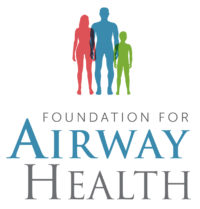
Meet Carmen Woodland
I found this path of passion years ago as a dental hygienist. After a stint in graduate school to earn my M.B.A., I decided that I needed to pivot. My heart was no longer in scraping teeth, but making a much bigger impact on lives touched by myofunctional impairment.
My story is personal and close to home. My sweet granddaughter was passed back and forth amongst doctors and therapists for years trying to figure out her speech, breathing, sleep, chewing and swallowing issues. It wasn’t until I completed more training that I knew her problem was a significant tongue-tie. Bingo.
Fast forward to now. I’m a crusader. A warrior. A voice for those who can’t find theirs, or who don’t have one.
I left clinical hygiene practice to start Integrative Myofunctional Therapy. It has evolved from a way to make a living, into an obsession!
I see clients all over the world and provide innovative, virtual therapy in the remotest of places.
In addition, I also
- Teach other dental hygienists, speech therapists & dentists how to become myofunctional therapists through the Myofunctional Therapy Training Acadedmy.
- Coach dental offices on how to implement myofunctional screening into the daily practice
- Speak in various settings
I’m an airway provider for the Foundation of Airway Health, where I work diligently for the recognition, diagnosis, and treatment of airway-related disorders.
And last but not least, I’m a proud member of several professional associations that afford me the opportunity to learn so that I can help you. My professional memberships include:

